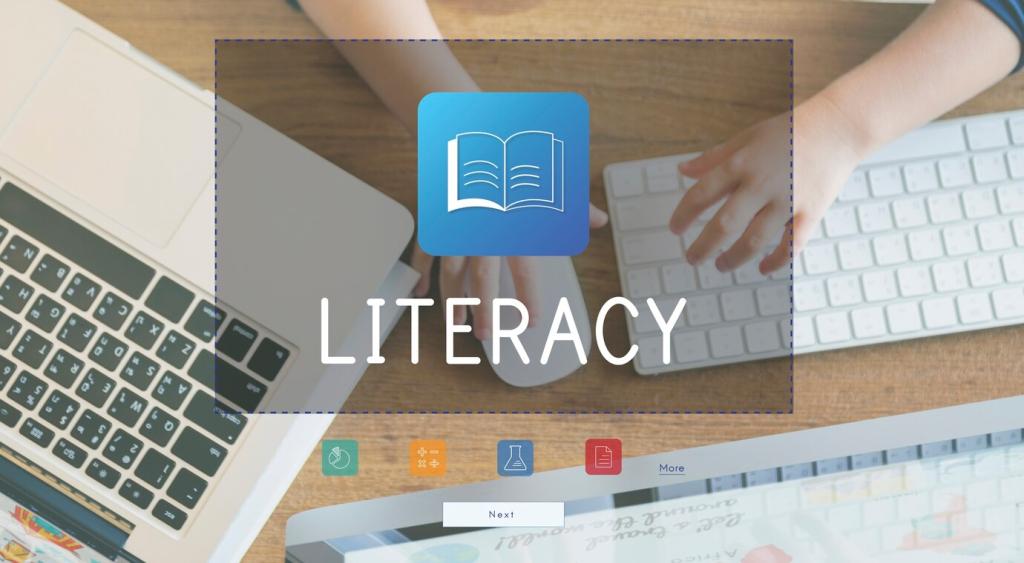Teaching with Authority: Evaluating Encyclopedic Sources Then and Now
Print encyclopedias privileged vetted expertise; digital entries democratize contribution and speed. Teach students to triangulate claims, read talk pages, and consider intended audiences. What evaluation questions anchor your lessons? Share them to guide peers.
Teaching with Authority: Evaluating Encyclopedic Sources Then and Now
Revision histories offer teachable timelines: what changed, why, and who edited. Compare versions before and after a major event to illuminate evolving understanding. Invite students to document findings and subscribe for templates to scaffold their analyses.





